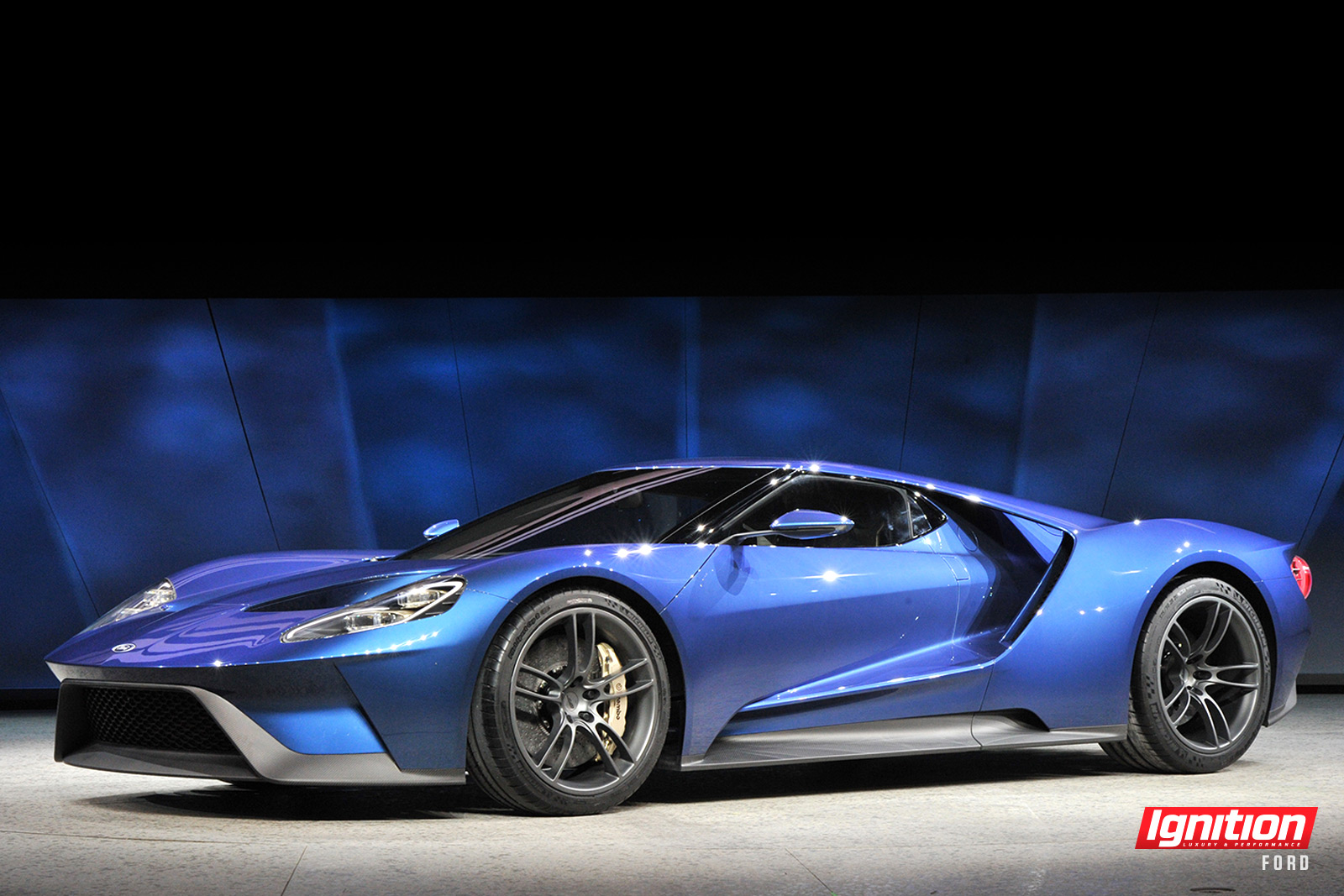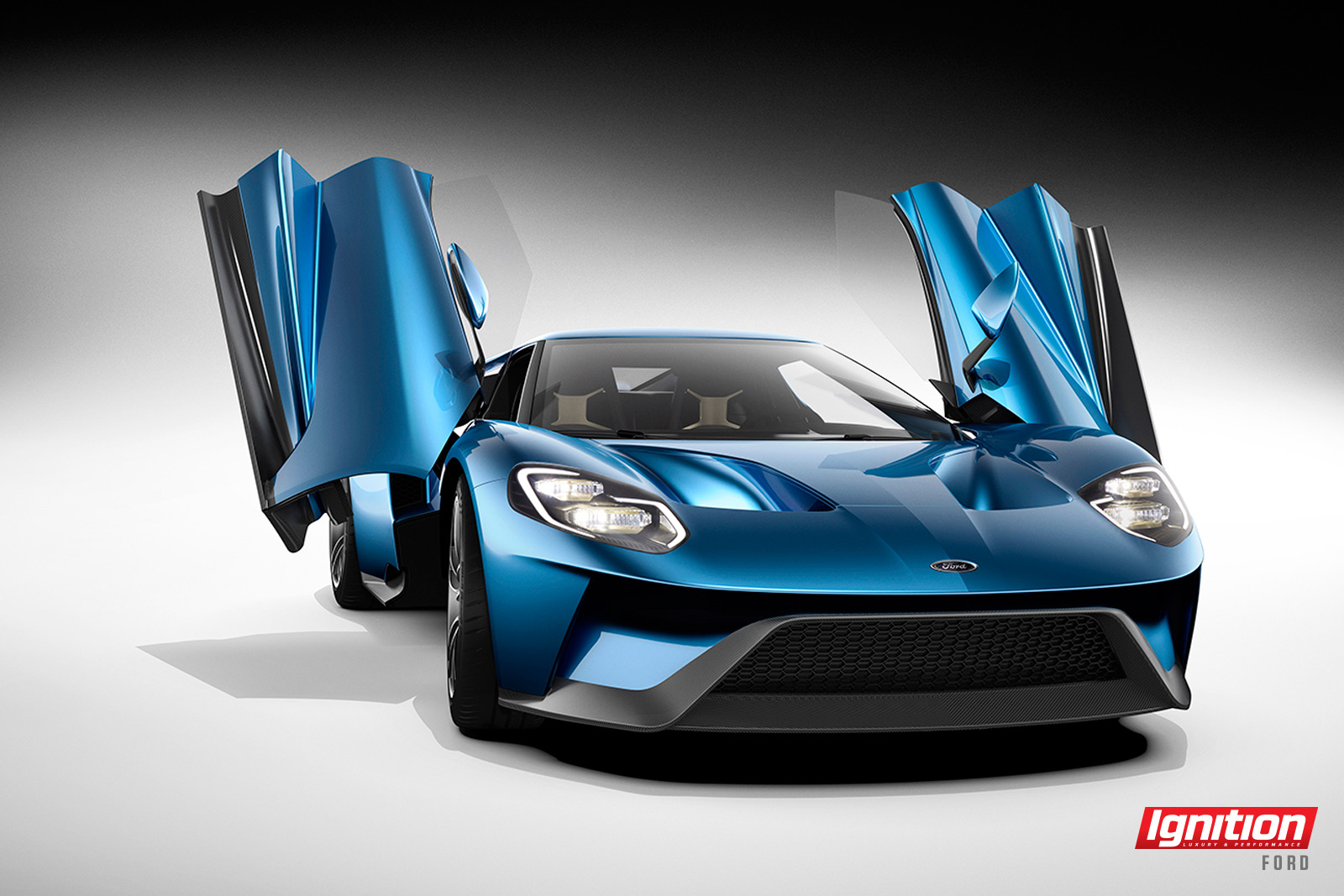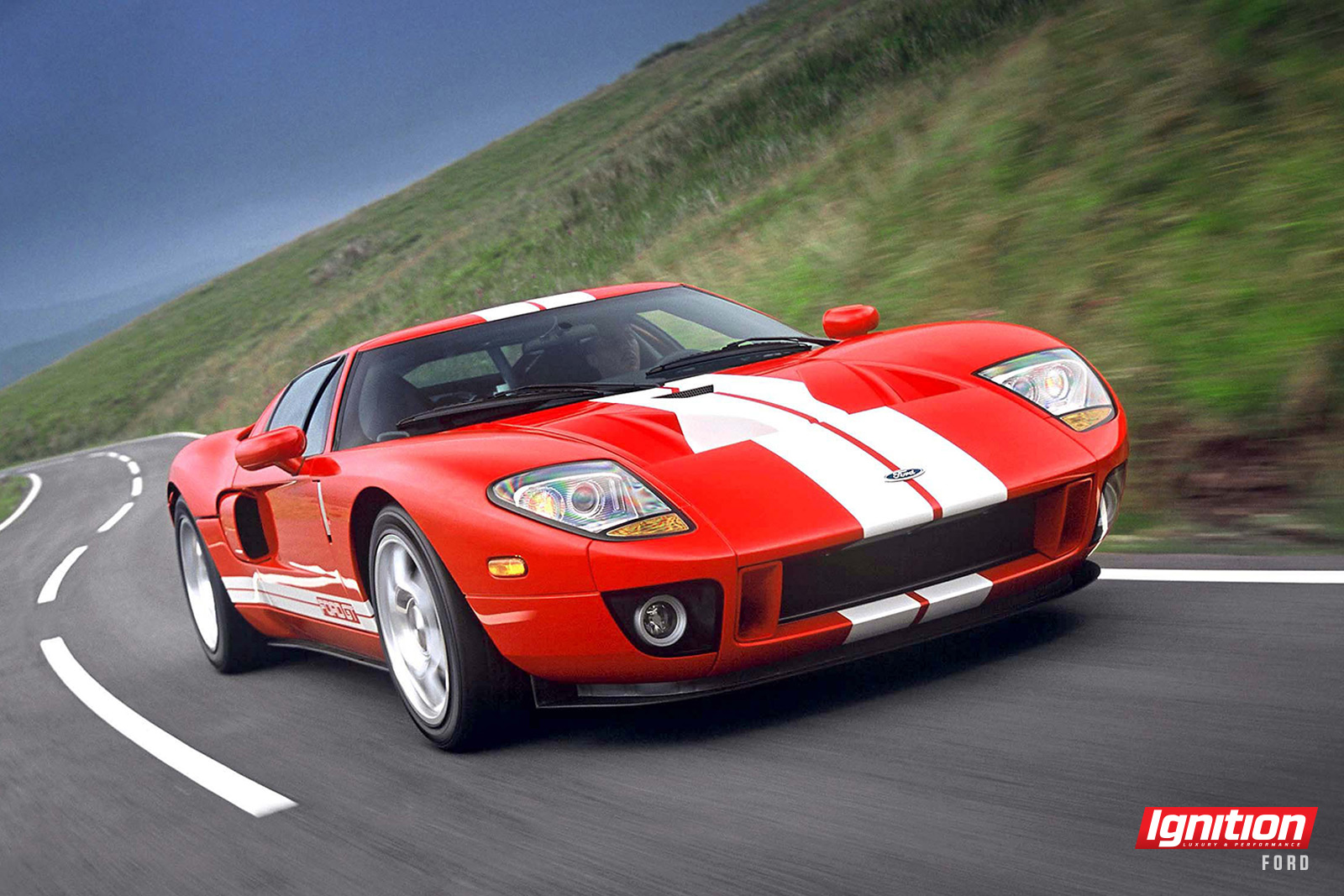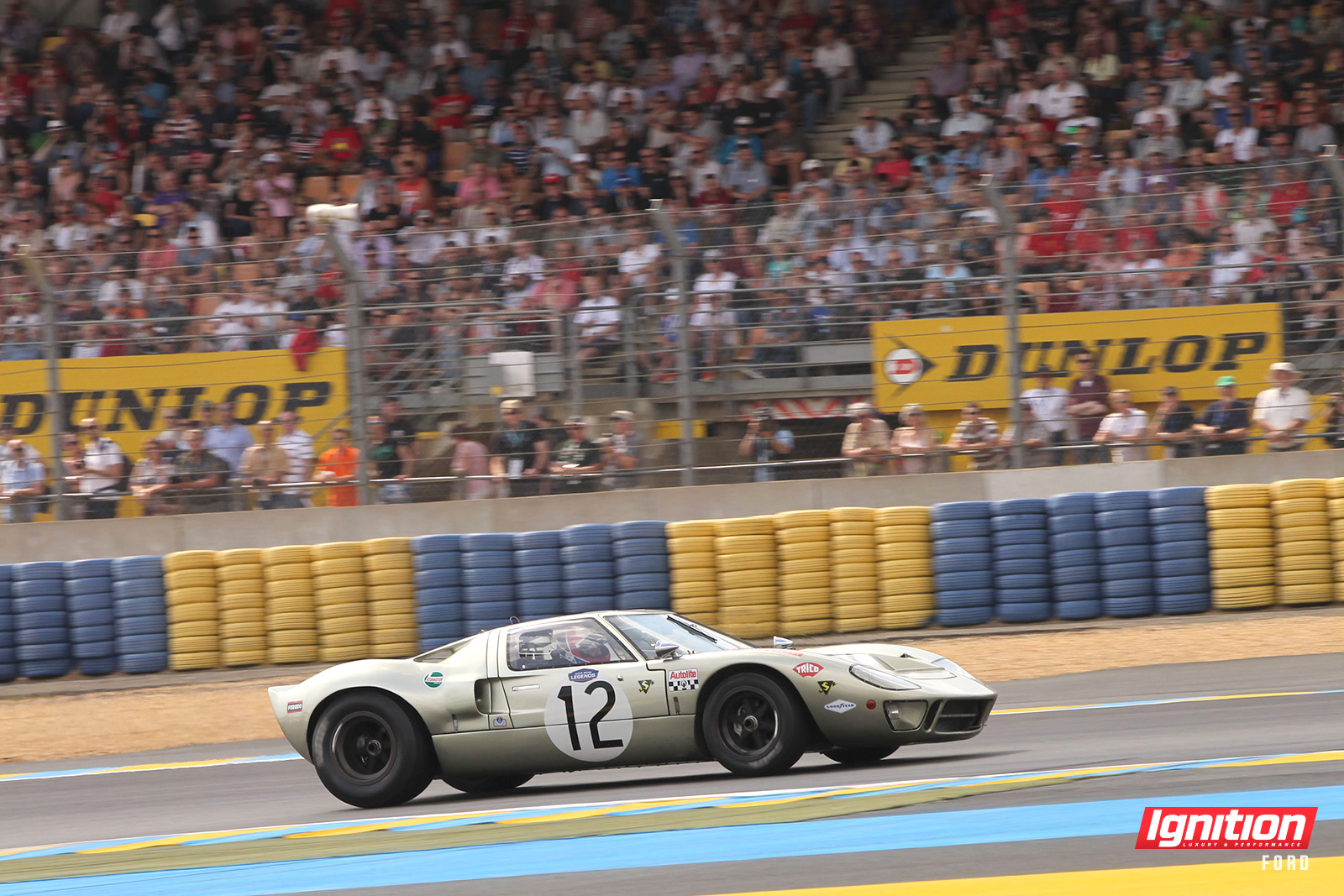
Comparing each generation of Ford GT history, from race to street to future.
It was at this year’s Le Mans race in France that Bill Ford confirmed that the upcoming 2017 Ford GT meant to celebrate the 50th anniversary of the GT40’s first of four straight 24 Hours of Le Mans victories would spawn a race version set to tackle that race — and others — again next year.
Ford’s earlier announcement at the Detroit auto show in January that a new GT was headed to production the following calendar year not only shocked many analysts and media folks in the crowd, but it soon revealed a distinctly Canadian angle. The company confirmed the next month at the Canadian International Auto Show in Toronto that the 600-plus horsepower GT supercar would be produced at Multimatic, a nearby race and engineering shop that specializes in carbon fibre construction, and had worked and raced with Ford on various production and racing projects since the 1980s.
Once the race program for next year’s Le Mans was confirmed, along with its full participation in TUDOR and FIA World Endurance sports car racing, Markham, Ontario-based Multimatic was also confirmed as a race development partner. The 2017 GT is set to go on sale in late 2016, a super quick turnaround from its early 2015 surprise debut. But it also got us wondering how this new GT would compare to the Ford GTs that came before.

The previous, and first, Ford GT production car came out for the 2005 model year, with production wrapping up in 2006 with just over 4,100 units of the 550-hp, two-seat fire-breather being sold. That’s less than Ford’s projected 4,500 target, but considering its 150 large price tag, is a fairly impressive marketing exercise. This Ford GT originally appeared as an homage to the Ford Motor Company’s 100-year anniversary in 2002, then as a concept car at the Detroit auto show. Ford followed this up with a largely symbolic parading around of Ford headquarters with a handful of Ford GT production prototypes during the 2003 centenary celebrations, as well as various auto show and public display appearances, before the first production cars were delivered in late 2004 as ’05 models.
At the time, there was quite a bit of concern that this would be the last supercar Ford would produce, given ever-tightening emissions and fuel economy standards.
Such standards were obviously not a concern back in the mid-1960s, when Ford first produced a handful of (barely) street-legal variants of the GT40 race cars that won all four Le Mans races between 1966 and 1969. The production versions offered road legal lighting, tiny bumpers, mufflers to tame the race car’s sharp aural bite and, in later years, a longer rear end to off er at least somewhat of a trunk.

Upcoming emissions and safety regulations, and a lack of marketing focus on the production car side of the GT40’s racing endeavours, meant that the road legal GT40 would phase out right along with the racecars in 1969, with only 107 production units built. Still, their iconic shape, as well as the performance imbued by American racing legend Carroll Shelby in Mk II and later versions, has now inspired two future Ford GT supercars, even if the full GT40 name couldn’t be used for trademark reasons.
This time, no one is suggesting that the 2017 Ford GT is likely to be the firm’s final supercar.
2017 FORD GT VS.

PRICE WHEN NEW
USD $400,000 (est.)
ENGINE: Mid-engine, twin-turbocharged 3.5L EcoBoost V6
OUTPUT: 600+ hp / NA
TRANSMISSION: 7-speed, dual-clutch, paddle shift transaxle
ACTIVE AERODYNAMICS: Active rear spoiler, tear-drop shape to its aircraft-inspired fuselage and visibility-enhancing curved windshield
SUSPENSION: Active racing-style torsion bar and pushrod suspension, with adjustable ride height
DOORS: Two, upward-swinging dihedral (butterfly)
BODY: Carbon fibre body panels and pas senger cell 0 100 KM/H 3.4 seconds (est.)
TOP SPEED: 322 km/h (200 mph)
2005 FORD GT VS.

PRICE (WHEN NEW)
USD $139,995
ENGINE: Mid-engine, 5.4L supercharged V8
OUTPUT: 550 hp / 500 lb-ft
TRANSMISSION: 6-speed manual
ACTIVE AERODYNAMICS: None
SUSPENSION: Unequal-length aluminum control arms, front and rear antiroll bars and coil-over pressurized monotube shocks
DOORS: Two, outward swinging, incorporating portion of roof
BODY: Aluminum 0-100 KM/H 3.7 seconds
TOP SPEED: 330 km/h (205 mph)
1967 FORD GT40 (MK II) VS.![]()

PRICE (WHEN NEW)
USD $18,500
ENGINE: Mid-engine, 7.0L V8
OUTPUT: 485 hp / 475 lb-ft
TRANSMISSION: 4-speed manual
ACTIVE AERODYNAMICS: None
SUSPENSION: Independent front and rear suspension with unequal-length A-arms and Koni adjustable shock absorbers
DOORS: Two, outward swinging, incorporating portion of roof
BODY: Carbon filament aluminum 0-100 KM/H 5.4 seconds (est.)
TOP SPEED: 320 km/h (199 mph)

























